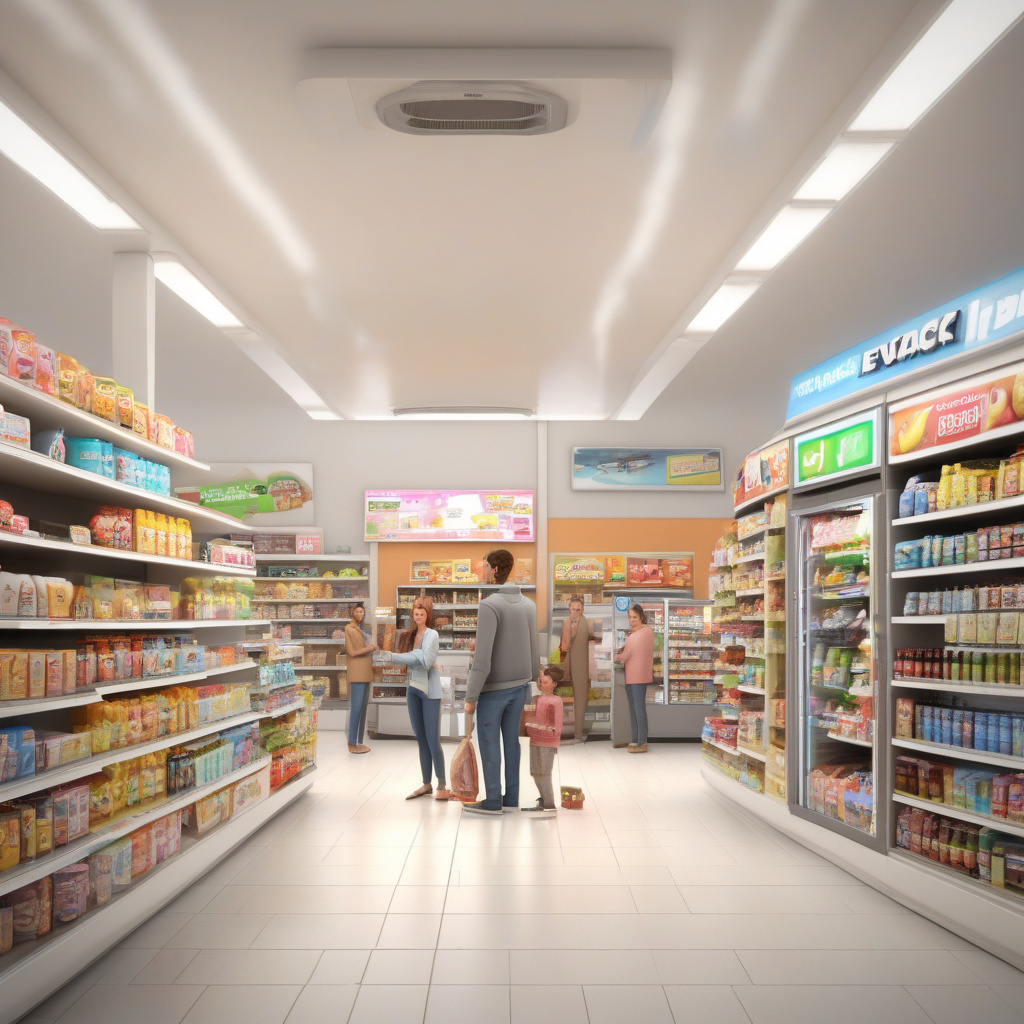C-store Retail: Navigating the Shifts in Consumer Behavior and Industry Trends
The landscape of the convenience store (c-store) industry is undergoing a significant transformation, driven by a confluence of factors that were virtually non-existent just a decade ago. From the widespread adoption of electric vehicles (EVs) to evolving commuting patterns and consumers’ changing preferences for value, c-store retailers are facing a complex set of challenges and opportunities in this ever-evolving market.
One of the most prominent trends shaping the c-store industry is the rise of electric vehicles. With governments around the world setting ambitious targets to reduce carbon emissions and combat climate change, the adoption of EVs is on the rise. As more consumers make the switch to electric vehicles, c-store retailers are presented with a unique opportunity to cater to this growing segment of the market.
For c-store owners and operators, this shift towards EVs means rethinking traditional business models and finding innovative ways to attract and retain customers. One strategy that many c-stores are exploring is the installation of electric vehicle charging stations. By offering this service, c-store retailers can not only attract EV drivers to their stores but also capitalize on the dwell time as customers wait for their vehicles to charge.
In addition to the rise of EVs, shifting commuting patterns are also influencing the c-store industry. The COVID-19 pandemic has accelerated the adoption of remote work and flexible schedules, leading to a decrease in traditional commuting patterns. As a result, c-store retailers are seeing changes in foot traffic and sales patterns, forcing them to adapt their offerings and marketing strategies to cater to the evolving needs of consumers.
Furthermore, consumers’ quest for value is another key factor reshaping the c-store industry. In today’s highly competitive retail landscape, consumers are increasingly looking for convenience, quality, and affordability in their shopping experiences. C-store retailers that can deliver on these expectations are more likely to succeed in attracting and retaining customers.
To stay competitive in this rapidly changing market, c-store retailers must prioritize innovation and customer-centric strategies. This may include investing in technology to enhance the shopping experience, expanding product offerings to cater to diverse consumer preferences, and implementing data-driven marketing tactics to better understand and engage with their target audience.
Ultimately, the c-store industry is at a crossroads, with the convergence of EV adoption, shifting commuting patterns, and changing consumer preferences reshaping the way retailers do business. By staying agile, embracing innovation, and prioritizing the needs of their customers, c-store retailers can navigate these changes and position themselves for long-term success in this dynamic and evolving industry.
#cstore, #retailindustry, #EVadoption, #consumerbehavior, #markettransformation
